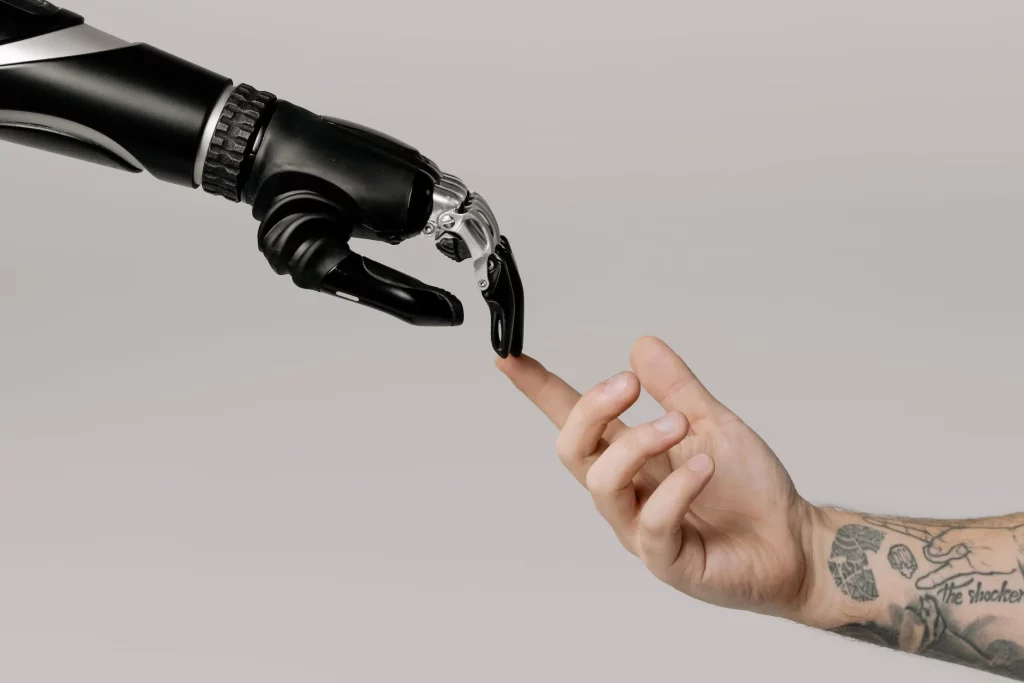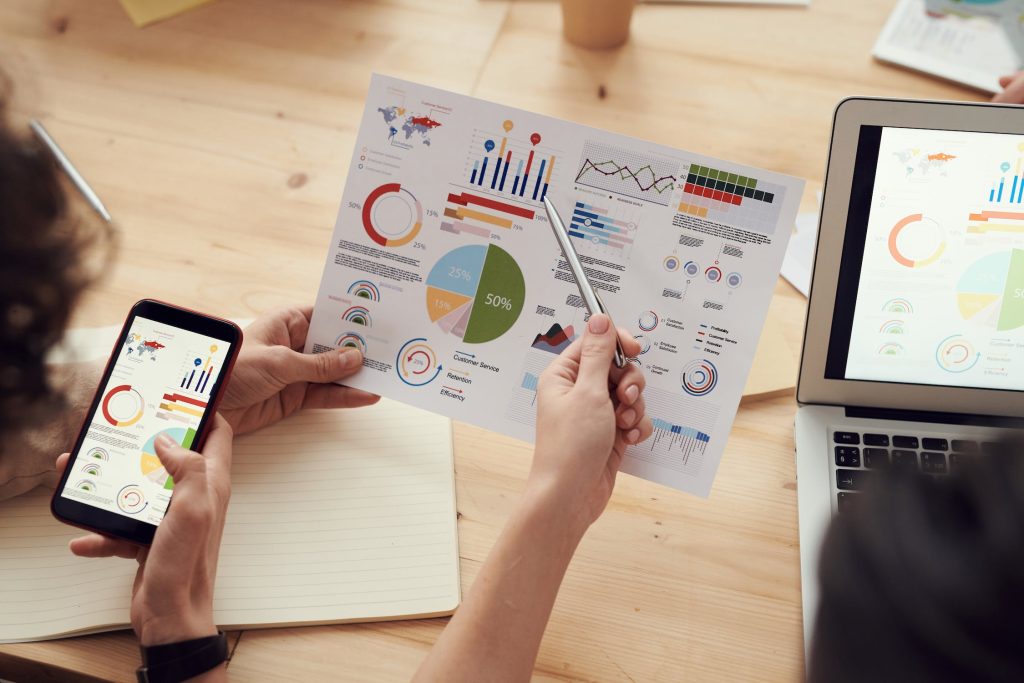Consumer Sentiment Slides 4% as Workforce and Price Concerns Loom Large
In a twist that few saw coming, the public mood towards the economy has taken a 4% nosedive this January. The University of Michigan’s latest Surveys of Consumers gives us a glimpse into a wavering confidence, breaking what was a six-month streak of sunny dispositions.
Deciphering the Dip in Consumer Mood
Joanne Hsu, the wise head steering these surveys, shared insights in a press release on January 24. While people seem to feel slightly more chipper about their own wallets, it appears that every other measure decided to take a walk on the wild side, according to her. “Sentiment declines were as all-encompassing as a blanket on a chilly night, touching everyone from all walks of life,” she quipped.
The looming shadows of job losses and rising costs seem to be the biggest gremlins under the bed. A staggering 47% of the surveyed folks are braced for a spike in joblessness within the coming year — numbers that haven’t been this discouraging since the pandemic laid siege.
Inflation’s Unwanted Comeback
Prices? They’re expecting to stretch by 3.3% this year, a record high since May, having outstripped the once familiar range of 2.3% to 3%. On the long horizon, inflation projections are camping out at a troubling 3.2%.
Hsu noted, “Expectations about price bumps over both short and long trips have passengers from all income and education backgrounds nervously clutching their seats. Conversations around inflation aren’t just happening in quiet corners; they’re part of the main script, linked to anticipated policy maneuvers like tariffs.”
This price anxiety is pushing many to the checkout line now rather than later, disrupting the shopping calendars of countless households.
Economic Chess Moves and Spending Habits
This January’s ledger was inked on Inauguration Day, marking another term for President Trump, who evokes a spectrum of public sentiments. As new policies gradually materialize, people from all political backgrounds are cautiously adjusting their mental balance sheets.
A big-ticket issue involves possible tariffs on Canada and Mexico, pegged by Trump as a means to level the playing field. JPMorgan Chase bigwig Jamie Dimon has thrown his two cents in, acknowledging that while tariffs can, in theory, fix certain imbalances, they’re a double-edged sword if mishandled.
The Wider Economic Stage
These economic buzzwords like unemployment and inflation are more than just talking points on a news ticker. They trickle down into the core of household budgets and financial expectations. This is reflected in the colorful tapestry of spending patterns and financial hesitancies unraveling across various demographic swaths.
Take the example of a young couple pulling the trigger on a new car purchase quicker than expected, fearing that auto prices might skyrocket with looming tariffs. Meanwhile, a senior citizen on a fixed income could be holding off splurging on that vacation, saving for future hikes in day-to-day expenses.
Navigating the Financial Seas of Uncertainty
The storm clouds of inflation and job worries may be unsettling, but there are compasses to guide both individual and business ships through these choppy waters.
For Consumers: Dust off that household budget and separate the needs from the nice-to-haves. Stashing away a financial cushion for inflation-induced surprises isn’t just smart—think of it as your rainy day savings for now-sunnier days.
For Businesses: Giving your supply chain strategy a new coat of paint with a focus on local suppliers might just bolster your defenses against global trade turbulence. Open book with your clientele about potential price tweaks and navigate these shifts hand-in-hand with transparency.
Finding the Silver Lining
Sure, consumer sentiment took a fall, but it’s important to remember that economic fortunes are cyclical—a dip today could pave the way for tomorrow’s balancing act. History teaches us that economies rise and wane, and mindful adjustments are often precursors to eventual equilibrium.
Staying in the loop is key. Soak up insights from trustworthy economic research, stay limber to policy changes, and preempt market swings. That’s the secret recipe for staying ahead, whether you’re an individual or steering a business.
Charting the Path Forward
As the future unfolds, open dialogues will be our torches in the murkiness of economic intricacies. Policymakers would do well to tune into consumer sentiment when making decisions about fiscal directions, trade deals, and job frameworks. At the same time, it’s up to each of us—whether person or enterprise—to keep nimble and ready to dance to the economic beats that come our way.
In sum, this 4% stumble in how folks feel about the economy isn’t just about anxiety. It underscores the grit and malleability that are indispensable for flourishing amid economic chain reactions. By putting our heads together and concocting well-rounded strategies, we’ll guide the ship through uncharted waters, all while shaping a future that’s both stable and thriving.




